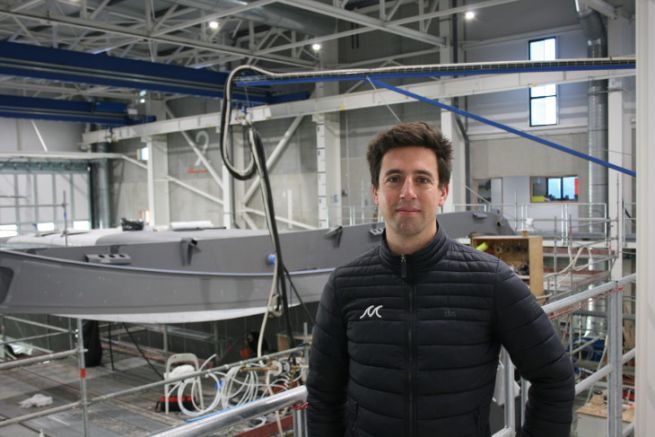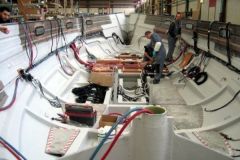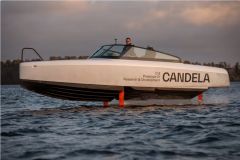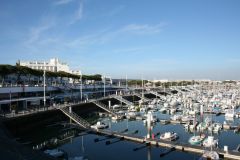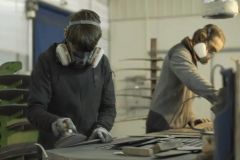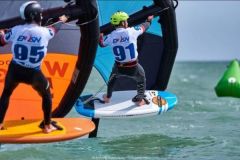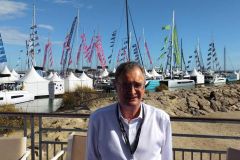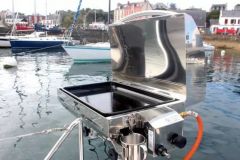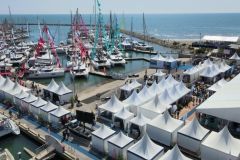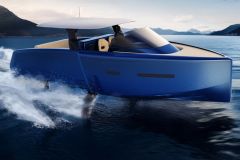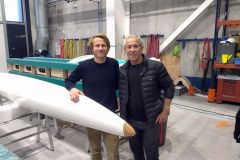merConcept's first step outside of ocean racing
In his yard in Concarneau, MerConcept will soon welcome its first motor boat. The flying motor catamaran project of skipper François Gabart's company marks the first step in a desire to diversify beyond ocean racing, announced several months ago. MerConcept is working with several partners on this 12-meter foiling multihull. "The molds are being built at SRG in Spain. The draping of the hulls should start in March at King Marine in Valencia to arrive in Concarneau this summer" explains Claudia Conti, in charge of the project management for the catamaran. The boat will then be equipped, prepared and tested at MerConcept's premises. As a one-off project, it allows for significant technological developments. "It's a budget comparable to ocean racing," says Thomas Normand, MerConcept's managing director.
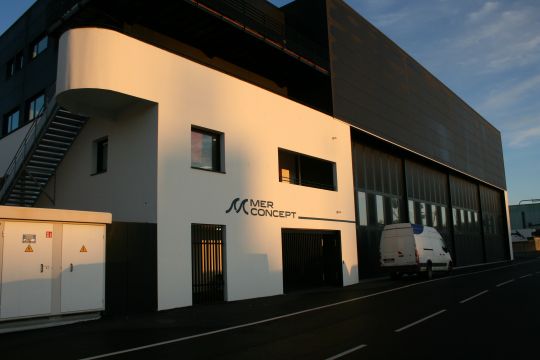
Optimization of the flight of pleasure boats
Although foil-powered boats are not new, the MerConcept team, contacted by an enthusiastic owner, intends to make the yachting industry benefit from the transfer of technologies developed in ocean racing. Announced with a range of 90 miles at 22 knots, the catamaran is the result of specific specifications. It should fly from 14 knots and reach 28 to 30 knots in top speed. The flight servoing is studied with Madintec, already partner of the team for the pilots of the MACIF trimaran. "The servo-control is a new subject for us, because it is not allowed in the Ultims. It's a key element in lowering energy consumption and the speed limit at the start of the flight. This allows us to make progress on the subject of autonomy. We are now at the beginning of the learning curve for servoing. We need to work on the combination of foil shape and servo-control," explains Thomas Normand.
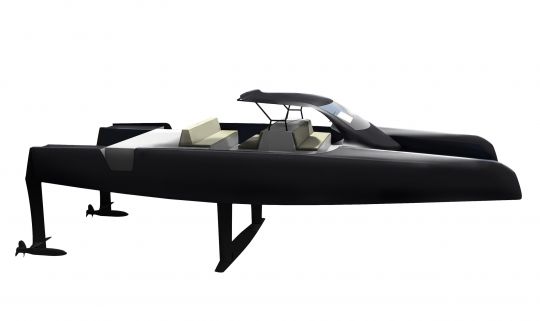
Alternative materials and electric propulsion
The project is also an opportunity to work on the environmental impact of boats. One engineer is studying the boat's Life Cycle Analysis (LCA), while a second is looking at material selection. "It's an opportunity to do some testing. The rooftop should be made of biocomposites" he explains.
The carbon, principal material, poses other problems, related to safety, when it must be associated with electric motors with high tension. The 2 pods, of 120 kW of power are associated with batteries BMW in 350 V. "We are working with our neighbor Barillec on the electricity. The high voltage and the carbon imply to think about the electrical insulation" underlines the engineer in charge of the file.
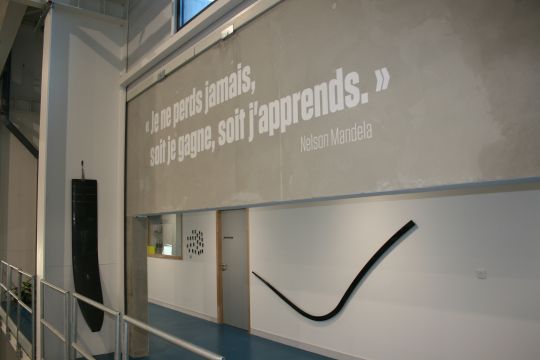
A step towards projects in the nautical and merchant marine sectors
Mer Concept does not intend to stop with this 12-meter catamaran and has other ambitions outside of ocean racing. Research should be launched on a larger version for freight and passengers, with the market study linked. "For the moment, we don't set any limits, even if we want to remain in our profession, which is to make prototypes. This catamaran is a first step that can be duplicated on a larger scale with other players. We will never build a cargo ship, but we can participate in projects to transport cargo under sail. We can also work with other players in the yachting industry, as a prototype for shipyards that produce series or small series. The important thing for us is to be part of the innovation loop," concludes Thomas Normand.
